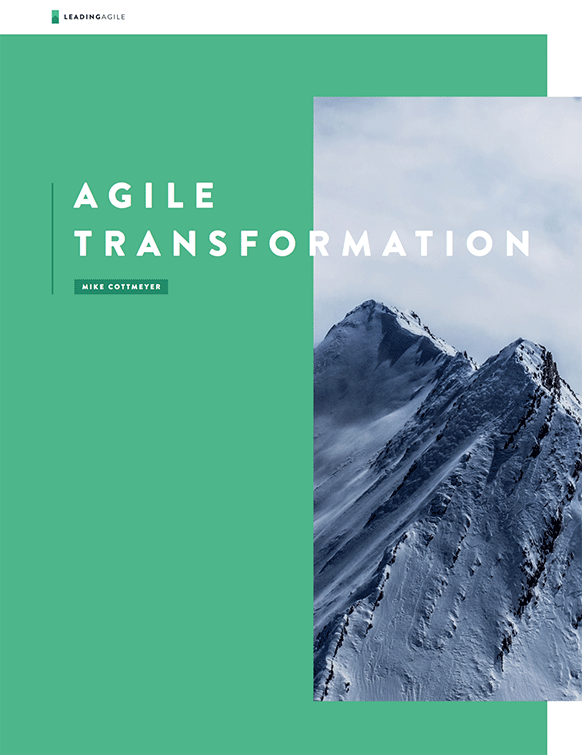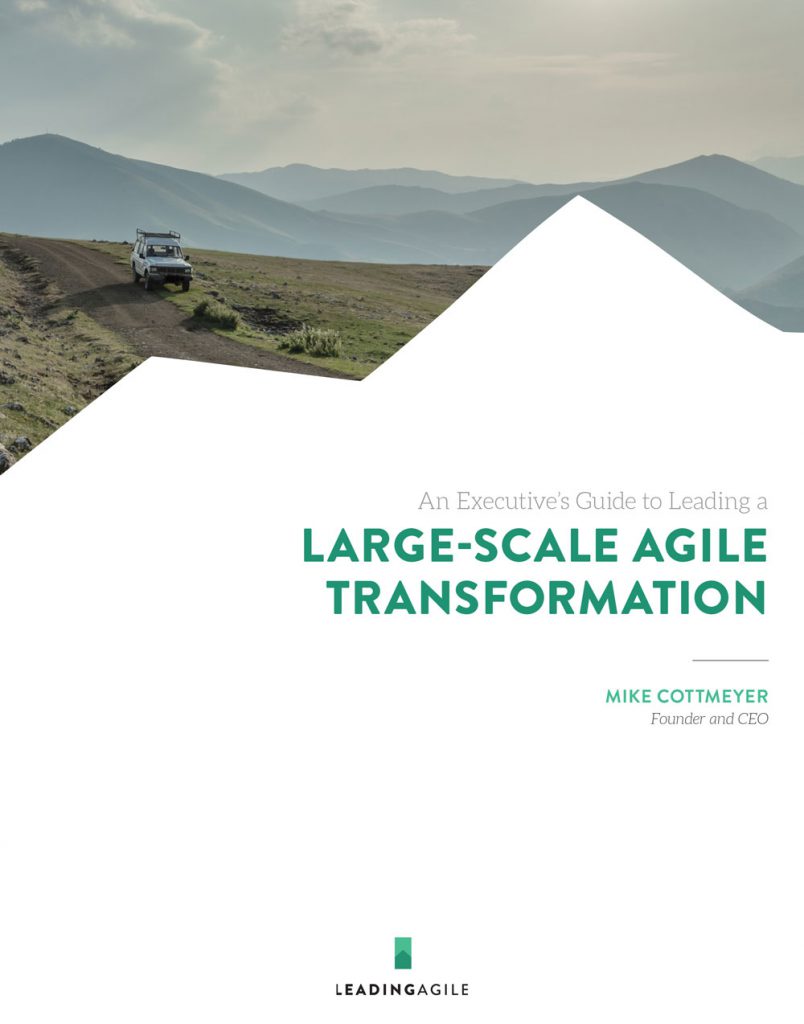The Role of Infrastructure in Cloud Financial Optimization

After extensive evaluation and comparison of multiple vendors’ proposals, your team selected a cloud vendor and began migrating workloads to the cloud. You expected to have a bump in costs during the transition, but now you’re in what is supposed to be the “to be” state of your cloud migration, and the benefits in your benefits case aren’t materializing.
Why?
The culprits are probably lurking in one (or more) of three areas: aspects of the raw infrastructure and purchased software, constraints imposed by legacy applications, and/or inefficiencies embedded in the organization’s engineering practices. In this article, we’ll focus on problems with raw infrastructure: the compute, storage, and networking, as well as the purchased software issues that limit our ability to fully leverage the benefits of cloud computing.
Where Cloud Migration Strategies Come Up Short
Cloud providers make a variety of assertions about the benefits of moving to the cloud, including a tradeoff of upfront expense for variable expense, eliminating spend to build and run data centers, reducing the need to guess capacity, and benefitting from economies of scale. The providers also talk about multiple paths an organization can take to migrate to the cloud, such as the Amazon Web Services Six Migration Strategies.
Unfortunately, the migration strategy leveraged most frequently by companies is rehosting, otherwise known as “lift and shift.” Under this strategy, monolithic applications are sized and moved “as is” to the cloud, often bringing all the inefficiencies / underutilized capacity they had in the organization’s data center.
Additionally, those applications bring a variety of expensive, third-party-purchased applications, such as legacy database management systems, that are as expensive to operate in the cloud as they are in an on-premises data center.
Next, data center servers often run multiple applications or are configured to be backups for other applications. In this scenario, it is very difficult to decommission the on-premises data center infrastructure assets, limiting the organization’s ability to reduce costs for infrastructure assets, the labor to operate them, and the on-premises data center(s).
Finally, the move to cloud computing requires new governance mechanisms and policies to ensure that cloud resources are used judiciously. It’s often too easy for developers (or data scientists) to fire up a large volume of on-demand compute and storage capacity and forget to decommission them when no longer needed.
The bottom line is that unless you can shut down enough of your legacy data center and reduce Infrastructure & Operations headcount that exceeds the operational costs of your cloud resources, a cloud migration will exacerbate your organization’s cost problem.
Application Repatriation: Why You Shouldn’t
The most recent trend in technology infrastructure is “application repatriation,” where organizations move applications they had migrated to the cloud back to an in-house data center. If the same cost problems exist in both the data center as well as the public cloud, then the location of the infrastructure isn’t the root cause of the cost problem. Instead, we must shift our thinking from infrastructure as a commodity to infrastructure as a contributor to enterprise value and deploy cloud assets accordingly.
That is, we should manage our infrastructure as a key enabler of the organization’s business capabilities, understanding how to align the underlying cost structures with the benefits provided by the higher order capabilities (supply chain management, demand management, etc.) so that over time the infrastructure enables high availability, performance, security, and drives meaningful reductions in the cost per unit of work.
One way to accomplish this is through cloud (or infrastructure) financial optimization. We assess an organization’s current spend across cloud and on-premises infrastructure assets, map the spend to the organization’s business capabilities, identify opportunities to increase enterprise value, and develop a credible plan to harvest the opportunities. The plan is designed to ensure that each improvement more than pays for itself, and short-term savings fund the types of changes that allow your organization to fully leverage your cloud provider’s services to increase the profitability of your business capabilities.




